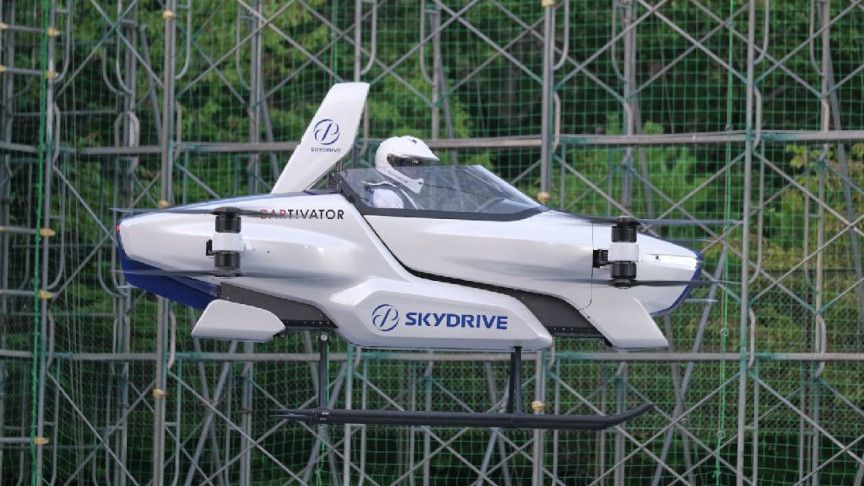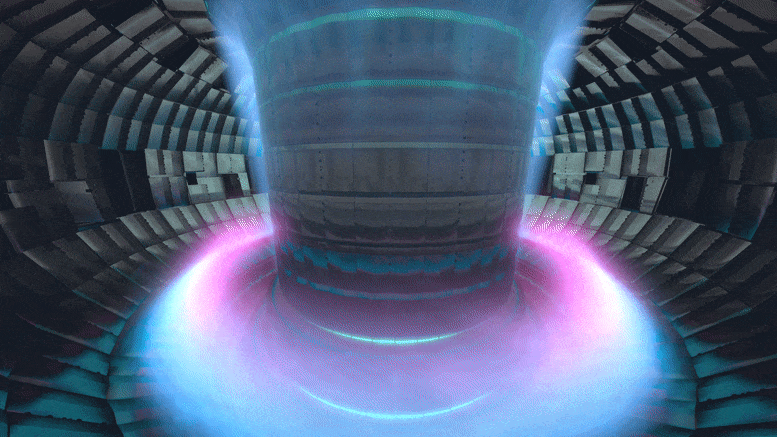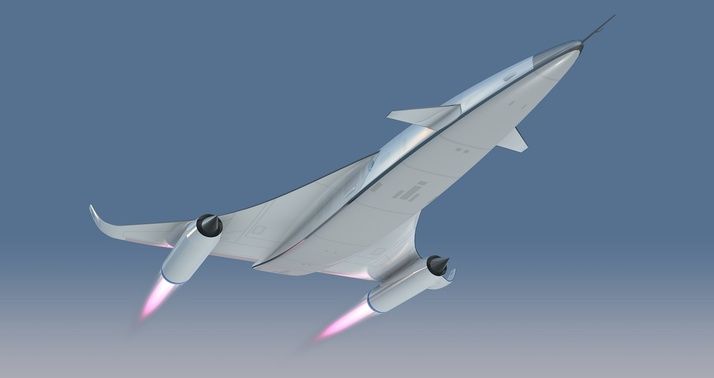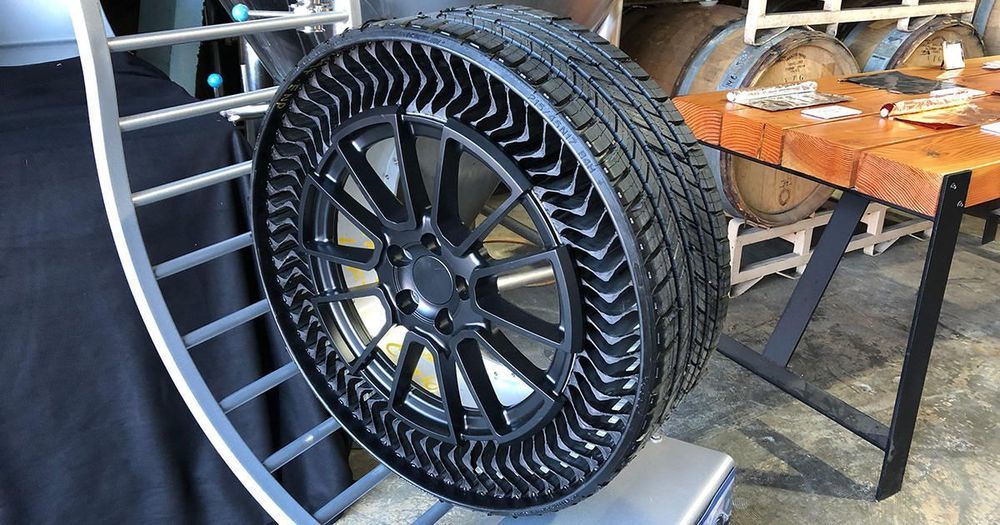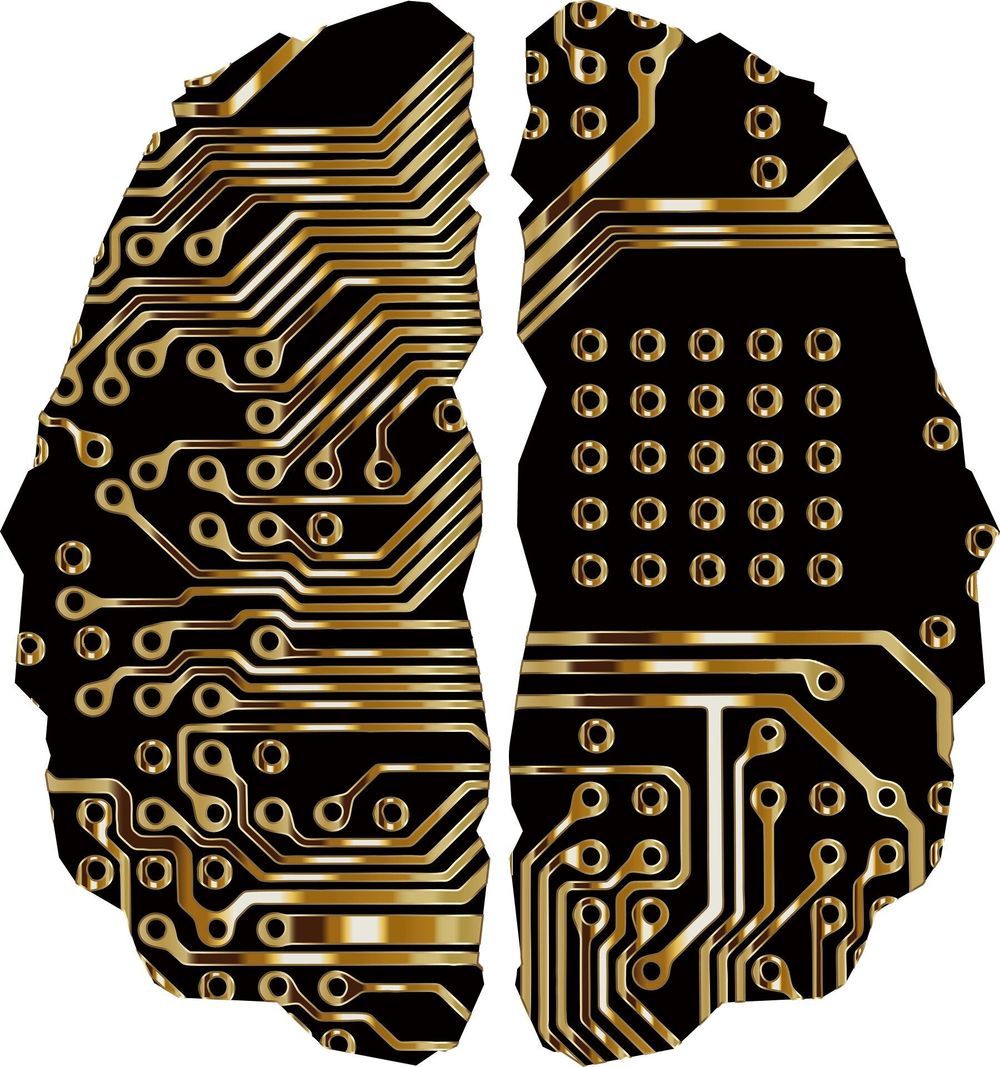SkyDrive claims the vehicle has been engineered to be easily embraced by people. “SkyDrive’s flying car has been designed to be a coupe embodying dreams and exuding charisma, such that it will be welcomed into people’s lives and used naturally,” reads the firm’s press release.
“The company hopes that its aircraft will become people’s partner in the sky rather than merely a commodity and it will continue working to design a safe sky for the future.”
SkyDrive also revealed that it will continue field testing the flying car under different conditions to hone its technology and hopefully acquire compliance with the safety provisions of the Civil Aeronautics Act.
